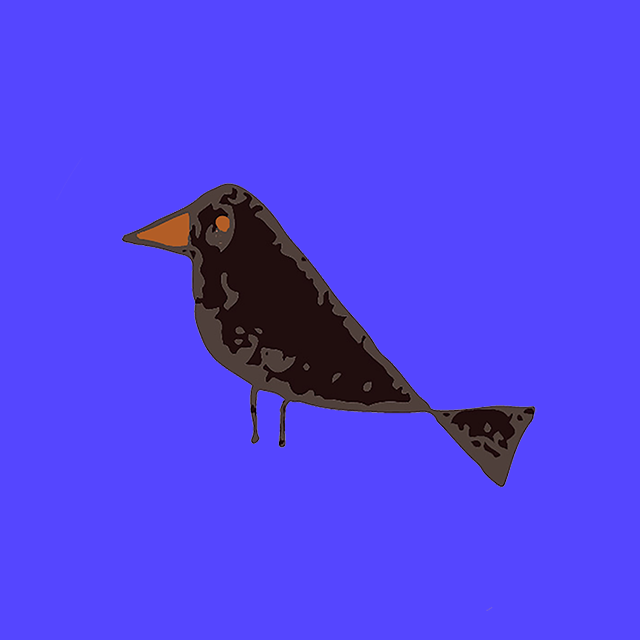
Jun 10•5 min read
Art Digital Assets - 3. Towards a new era for self- managed artists

The first step for authors to have a chance of dealing with their creative products on the web is to be aware about the need of Intellectual Property recognition (authorship). Artists have to be able to reclaim their copyrights on the Internet as we explained in the previous article of this series Art Digital Assets - 2. The Value of Authorship .
Henceforward, the use of those assets is what will define the actual value, providing an opportunity for artists and art-users to make deals. The different uses of art digital files can be defined by their authors on the web 3. Authors may need some legal support, but they don’t need to accept the terms and conditions imposed by the old platforms. First let’s understand how it works nowadays, and then see how we can fix this.
Rethinking Creative Commons Licences
When we think of using copyrighted digital content “for free” on the web we have two possibilities:
1. going to media platforms, and see if we can stream or have a look there;
2. browsing for the content we want under a Creative Commons License.
Interestingly enough, 50% of Art-users on the web who participated in our research*, confessed that they have access to artworks for free and have never paid. Are authors hopeless to recover their rights on the web?
Copyrights management on the web has proved its potential with the Creative Commons Licensing system. Creative Commons compels you to “share your work” with these words “Use Creative Commons tools to help share your work. Our free, easy-to-use copyright licenses provide a simple, standardized way to give your permission to share and use your creative work— on conditions of your choice. You can adopt one of our licenses by sharing on a platform, or choosing a license below.” The problem is that the ‘conditions of your choice’ do not include any possibility of payment for the artist.
Creative Commons is a system built to share contents for free, and CC licenses are a good example to see how copyrights can be managed on the web by their owners and users. As a user myself, I feel deeply grateful for the free access to those files and I understand they are a great way to share artworks on the public domain or owned by public institutions like national museums, as well as a way to share scientific research of public interest. Nevertheless, what makes the CC licenses interesting to me is that they help bring awareness of an essential matter: digital contents copyrights cannot be taken for granted.
All that said, CC licenses are of no use for artists/authors who want to trade with their artwork on the web. New times are coming for them to consider the Internet a source of income, as opportunities for art experiences in the physical world are starting to mingle. And this is why we* are working on a new licensing system for self-managed artists on the Internet of Value.
A new era for self-managed artists on the web
Once authors retake control of their copyrights on the web3, there will be a world of new possibilities to deal with Art files, beyond C.C. Licenses. This is just our* contribution to this new era which is just starting for artists.
Let me introduce you to Smartists, the App we are building to offer new licensing services for artists and art-users on the Internet of Value. Smartists is being designed to become a tool for authors/artists around the world to deal with their Art Digital Assets so that,
1. Artists can collaborate with colleagues, sharing projects with peace of mind, thanks to very easy and clear Confidentiality Agreements.
2. Creative art-users (from private to professional in the culture and entertainment industries) can reach artists as providers of on demand Art works. Smartists will be provide the means to make their projects progress towards exclusive licenses, also without having to worry about privacy and security.
3. Creators will be able to sell their art digital files in their terms with the Smartists Licenses.
We want to see authors/artists take control of the ownership of their art digital files, and be able to manage and deal them as valuable digital assets. We want to set good foundations, considering the legacy of fundamental rights defended by the rule of law (especially Intellectual Property). Furthermore, we* know that artists have still to manage themselves in the physical world, and that for them physical and digital worlds are closely connected. Thus, we are trying to fill the gap and build bridges between both worlds.
We are confident that, sooner than later, Decentralized Apps like Smartists will bring an actual New Deal for artists on the web. We are proud and happy to be contributing.

by Georgina Mauriño, founder of Smartists, “Bringing together Artists and Art users on the Internet of Value”.
* The team building Smartists, is leading some research for the development of a more useful DApp connecting artists and art-users to communicate and deal with benefits for all.
